
Hey AYA-jii, I saw a plant called Welwitschia in the greenhouse at Jindai Botanical Garden! Its leaves just keep growing forever—it’s like a living fossil!”

That’s Welwitschia. It only grows in the Namib Desert, a truly unique plant that embodies the mysteries of nature
- What is Welwitschia? Origins and Name
- Two Leaves That Grow for a Lifetime
- Ecology and Lifespan in the Namib Desert ===
- Exhibits Worldwide and Its Rarity in Japan
- The Appeal of the Jindai Botanical Garden Display
- Can It Be Cultivated at Home?
- Another Strange Plant I Saw in Africa
- Conclusion|The Wonder of Experiencing Welwitschia
What is Welwitschia? Origins and Name
Welwitschia (Welwitschia mirabilis) is a gymnosperm found only in the Namib Desert of southwestern Africa. It grows in the arid lands of Namibia and Angola and is often called “the world’s strangest plant” because of its unusual form.
It was discovered in the 19th century by Austrian botanist Friedrich Welwitsch, whose name remains in its scientific name. The Latin word mirabilis means “wonderful” or “amazing,” reflecting its extraordinary nature.
The Japanese name “Kisōtengai” (奇想天外) literally means “bizarre and unexpected,” inspired by its strange appearance. Unlike ordinary plants, Welwitschia grows only two leaves from its stout stem, and those same two leaves continue to grow throughout its life. This survival strategy has fascinated botanists and gardeners alike.
Two Leaves That Grow for a Lifetime
Welwitschia’s most remarkable feature is that it has only two leaves for its entire life. These leaves never fall off—they continue to grow year after year. Though they often split into ribbons from wind and dryness, they are still just two original leaves. Some stretch for several meters, spreading across the desert floor.
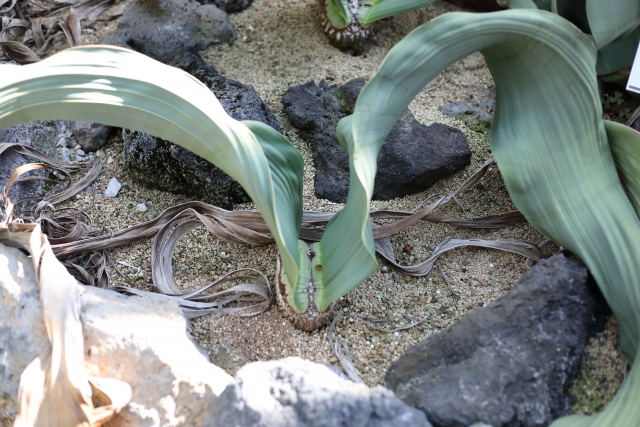
The leaves are thick and tough, adapted to withstand scorching sunlight and arid conditions. They are also believed to absorb water from dew and fog, enabling survival in extreme desert environments. For researchers, these adaptations provide valuable insights into how plants can evolve to endure the harshest climates.
Ecology and Lifespan in the Namib Desert ===
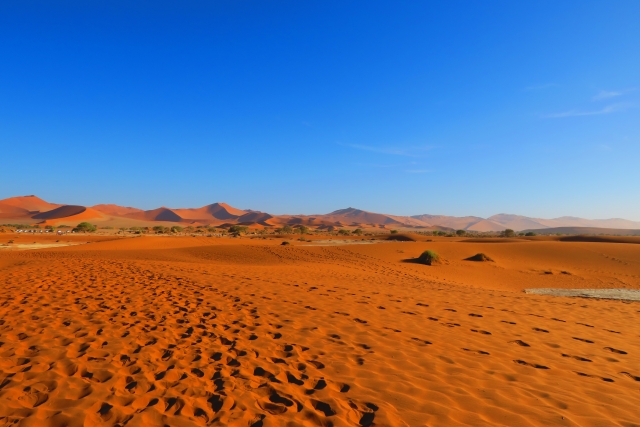
The Namib Desert is considered the oldest desert in the world, with annual rainfall of only a few dozen millimeters. In this severe environment, Welwitschia extends its roots deep underground to reach groundwater. It also collects moisture from the air, using multiple survival strategies.
Its longevity is astonishing. Many individuals live for hundreds of years, and some are estimated to be over 2,000 years old. This makes Welwitschia far older than human history itself, earning it the title “Guardian of the Desert.”
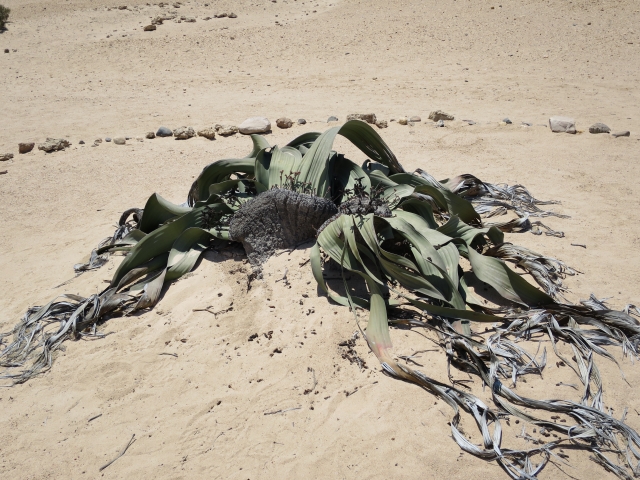
In Namibia, the plant is so revered that it appears on the national emblem and currency. It is also a key tourist attraction, often described as a “miracle of the desert” by those who visit.
Exhibits Worldwide and Its Rarity in Japan
Welwitschia is a botanical treasure displayed in only a handful of gardens worldwide. A few can be found in the United States and Europe, but in Japan, opportunities to see it are extremely rare.

Jindai Botanical Garden’s greenhouse is one of those rare places. Its desert plant section includes young specimens of Welwitschia. Even in this early stage, the two spreading leaves leave a strong impression. For visitors, it is a once-in-a-lifetime chance to observe in person a plant usually seen only in books or photos.
The Appeal of the Jindai Botanical Garden Display
The Welwitschia at Jindai Botanical Garden is displayed in an environment that recreates its natural desert habitat. Visitors feel as though they are experiencing the Namib Desert while still in Tokyo.
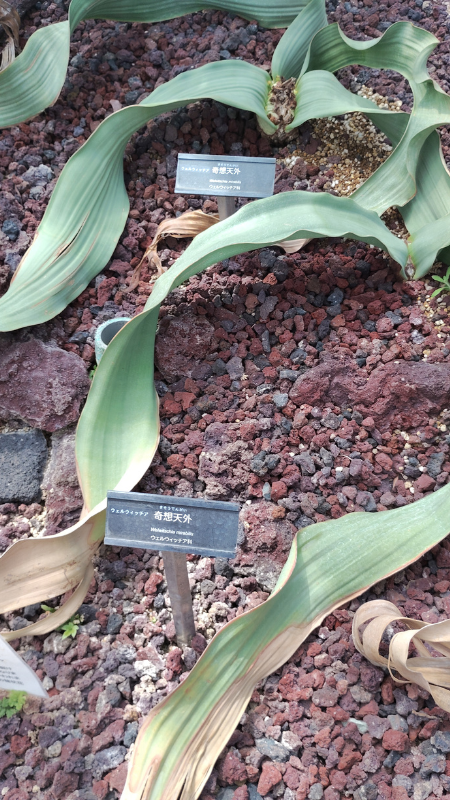
The display also has strong educational value, teaching children about biodiversity and the wonders of nature. Seeing Welwitschia in person offers a sense of “natural power” that photos and videos cannot convey.
Can It Be Cultivated at Home?
Plant enthusiasts around the world are drawn to Welwitschia, but cultivating it at home is considered nearly impossible. Although seeds are available internationally, germination rates are low, and maintaining the right temperature and dryness is very difficult. Its growth is extremely slow, requiring decades of dedicated care.
In Japan, special facilities like greenhouses are essential, making long-term cultivation at home unrealistic. Still, many enthusiasts continue to try, and online forums are full of their trial-and-error reports, reflecting the deep fascination this plant inspires.
Another Strange Plant I Saw in Africa
Although I’ve never visited the Namib Desert, I did see another extraordinary plant while in Cape Town, South Africa—the King Protea. This is South Africa’s national flower, known for its giant blossoms over 30 cm across. Its striking presence gave me a sense of wonder different from Welwitschia.
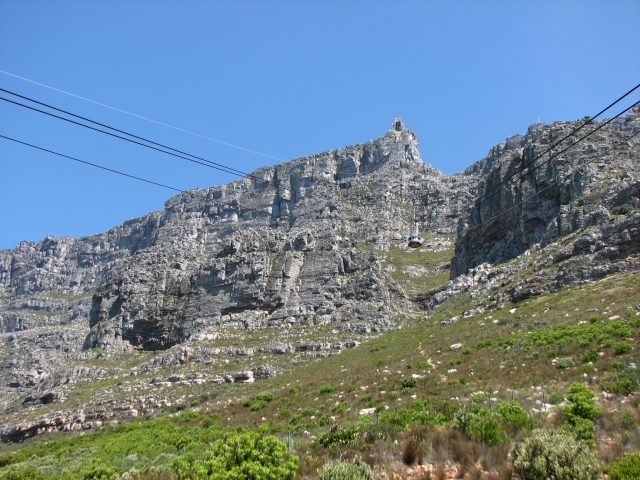
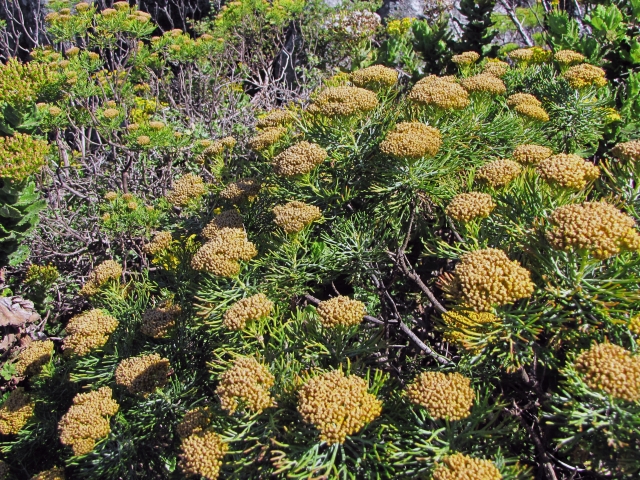
Table Mountain, where I saw the King Protea, is home to countless unique species. The sight of the flower swaying in the wind overlapped with my later experience of seeing Welwitschia in Jindai Botanical Garden. Both moments reminded me of Africa’s overwhelming biodiversity.
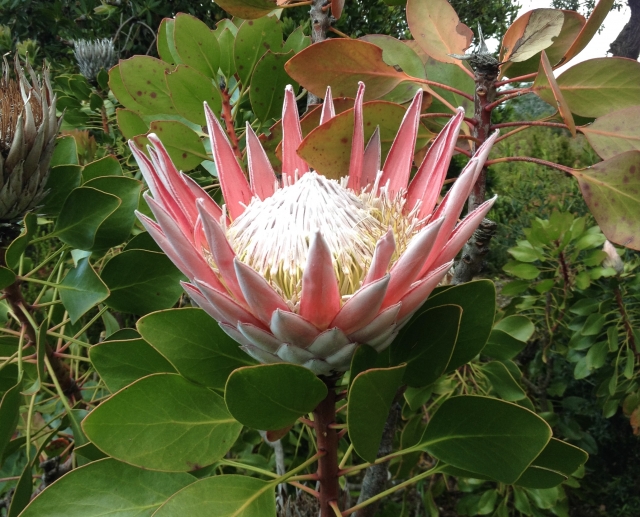
Conclusion|The Wonder of Experiencing Welwitschia
Welwitschia is a “living fossil” that evolved in one of the harshest environments on Earth—the Namib Desert. Its two leaves, endlessly growing throughout its life, embody a mystery unlike any other plant. Revered in Namibia as a national symbol and rarely seen in Japan, it is a treasure of global botany.
Seeing it in the greenhouse at Jindai Botanical Garden is an unforgettable experience. The sense of vitality and mystery it conveys cannot be captured in photos or books. If you have the chance to visit, be sure to look for Welwitschia—it will leave you with a lasting sense of awe.

